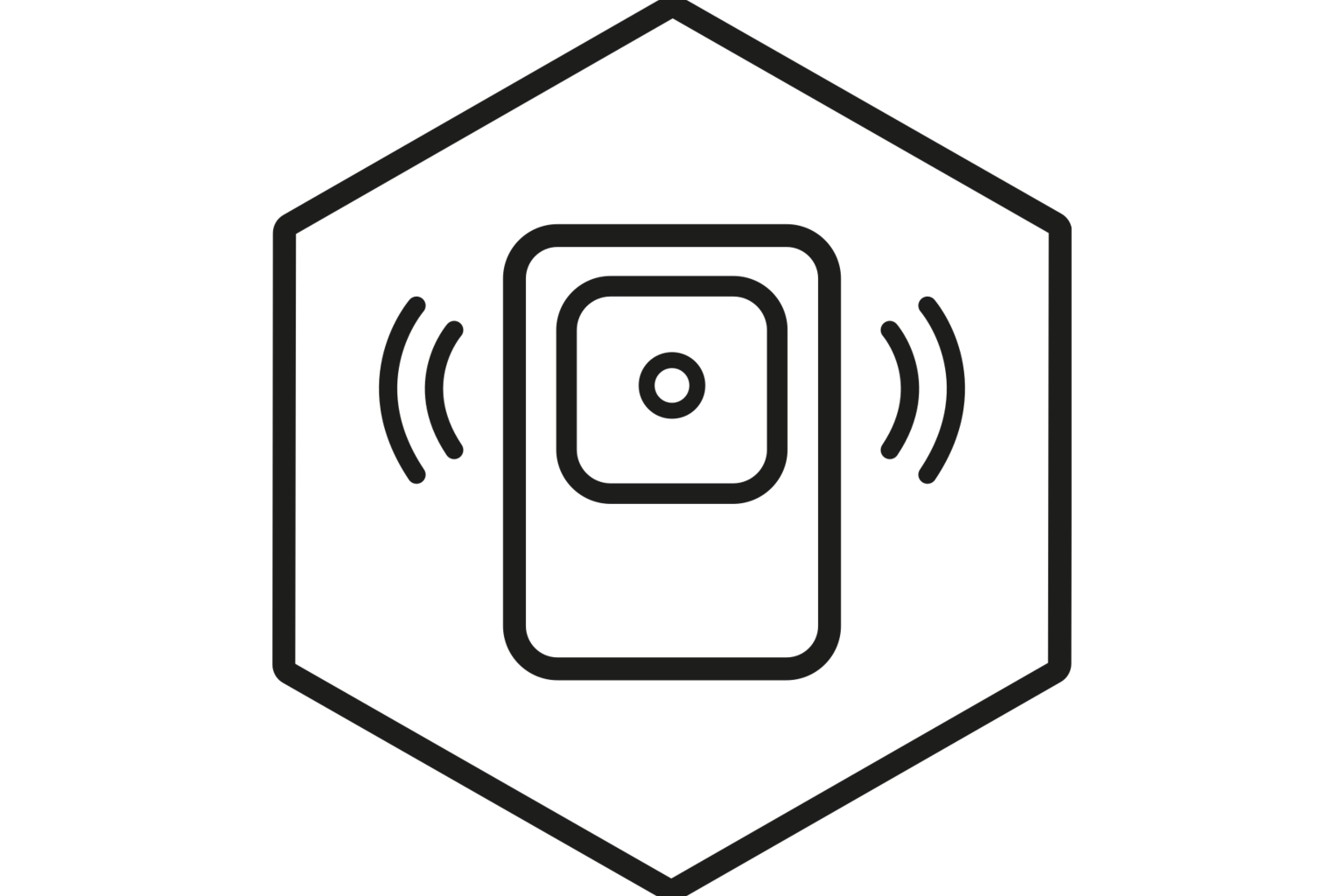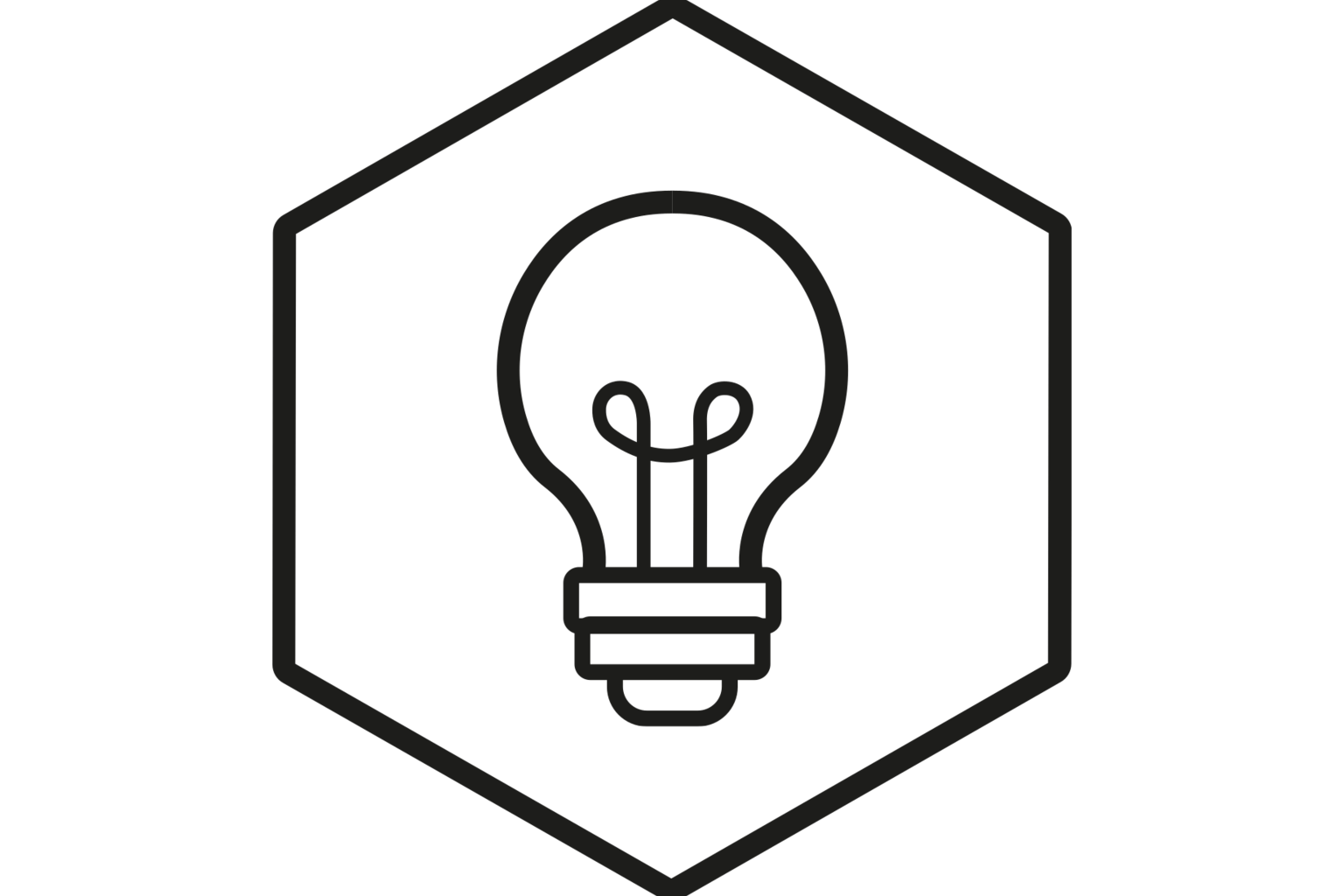ATEX products and equipment
Requirements for category 1 ATEX Equipment
Since the introduction of Zone 0, intrinsically safe ATEX equipment has always been used in high-risk areas such as fuel tanks. With the introduction of new techniques such as optical and ultrasonic measuring equipment, the need has arisen to be able to apply other methods of protection in zone 0 as well.
This has led to a special standard that specifying the requirements zone 0 equipment must comply with. In addition, it specifies the requirements for equipment placed where a zone 0 borders on a zone 1 or 2 environment. Think for example of a level gauge mounted in the wall of a storage tank.

Zone 0 flow meter
In addition to the equipment having the required safety level, it is important to ensure separation between a zone 0 and its immediate surroundings. The standard provides for this by imposing requirements on partitions and ventilation.
ATEX Equipment placed in zone 0
Due to the very high probability of the presence of explosive mixtures, equipment intended for use in zone 0 must be of category 1 safety level. This equipment must meet very high safety requirements and must remain safe even in the event of rarely occurring error conditions.
The parts that come into contact with the flammable liquid must meet very high demands. For example, moving parts can lead to hot surfaces due to friction. The plastic coating of pipes can be electrostatically charged to an unacceptable high level by the friction of the transported medium and impact or shock can cause moving parts, such as floats, to emit sparks.
The assessment of constructions for use in zone 0 is based on rather unrealistic error situations in order to makesure the potential ignition sources cannot become active.
In practice, this means that:
- In many cases Ex ia equipment is used;
- Sometimes Ex ma equipment is used. In practice, this turns out to be difficult to realize because casting masses often have poor resistance to long-term exposure to chemicals.
- Alternatively Ex equipment with a double protection method is used. This is possible as long as the protection methods work independently of each other. Think for example of Ex ib equipment placed in an Ex d enclosure. Given the complexity this entails, this solution is not common.
ATEX Equipment placed at the separation of zone 0 and zone 1 or 2
Equipment placed where a zone 0 borders on a zone 1 or 2, e.g., a level gauge in the wall of a storage tank, must have at least category 2 protection (e.g., Ex d, Ex ib) and is therefore suitable for use in zone 1. Apart from that, the equipment must offer a safe separation between the zone 0 and its surroundings. This is achieved by:
- A partition wall with natural ventilation between the outer wall of the process vessel and the device;
- A partition wall with an additional flameproof (Ex d) connection normally located inside the device. In pressure transmitters, the thin membrane forms the separation wall. In that case the manufacturer of the transmitter ensures that there is a pressure-resistant gap behind the separation wall, usually in the form of a capillary.
These requirements are to ensure that an explosion cannot propagate from the device to a zone 0. In addition, installation must be such that leakage from zone 0 to the inside of the apparatus or to the immediate vicinity cannot take place. Normal process connections usually meet these requirements.
Separation between process fluid and ATEX category electrical equipment
To assess the separation between flammable process fluids and electrical circuits, the European standard for category 1 equipment is used. In addition to this standard, the American ANSI/ISA 12.27.01 standard may be used.
Examples of commonly used separation methods are
- diaphragms;
- thermowells;
- pump seals;
- glass seperations inside level transmitters.

Intrinsically safe pressure transmitter
Explosion-safe ATEX products
The extensive international network of partners and customers provides Artidor with many ideas for new explosion-safe products. By combining requirements and wishes – and through our broad knowledge of explosion safety – we are able to create new and user-friendly products certified according tot ATEX and IECEx. Some of these products are sold under the registered Artidor brand name. Artidor provides almost all explosion-safe products directly from stock.






